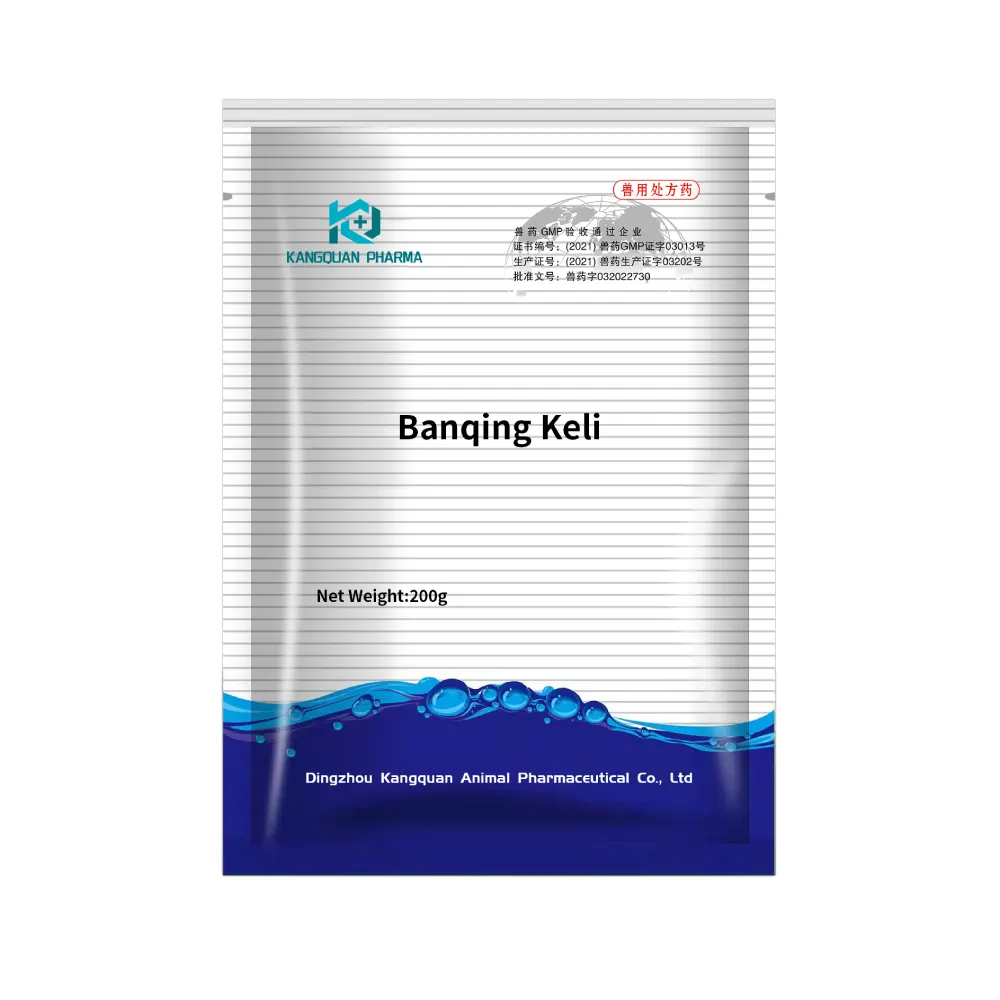- Afrikaans
- Albanian
- Amharic
- Arabic
- Armenian
- Azerbaijani
- Basque
- Belarusian
- Bengali
- Bosnian
- Bulgarian
- Catalan
- Cebuano
- Corsican
- Croatian
- Czech
- Danish
- Dutch
- English
- Esperanto
- Estonian
- Finnish
- French
- Frisian
- Galician
- Georgian
- German
- Greek
- Gujarati
- Haitian Creole
- hausa
- hawaiian
- Hebrew
- Hindi
- Miao
- Hungarian
- Icelandic
- igbo
- Indonesian
- irish
- Italian
- Japanese
- Javanese
- Kannada
- kazakh
- Khmer
- Rwandese
- Korean
- Kurdish
- Kyrgyz
- Lao
- Latin
- Latvian
- Lithuanian
- Luxembourgish
- Macedonian
- Malgashi
- Malay
- Malayalam
- Maltese
- Maori
- Marathi
- Mongolian
- Myanmar
- Nepali
- Norwegian
- Norwegian
- Occitan
- Pashto
- Persian
- Polish
- Portuguese
- Punjabi
- Romanian
- Russian
- Samoan
- Scottish Gaelic
- Serbian
- Sesotho
- Shona
- Sindhi
- Sinhala
- Slovak
- Slovenian
- Somali
- Spanish
- Sundanese
- Swahili
- Swedish
- Tagalog
- Tajik
- Tamil
- Tatar
- Telugu
- Thai
- Turkish
- Turkmen
- Ukrainian
- Urdu
- Uighur
- Uzbek
- Vietnamese
- Welsh
- Bantu
- Yiddish
- Yoruba
- Zulu
វិច្ឆិកា . 17, 2024 12:38 Back to list
Disinfectants Employed in Animal Care Facilities for Effective Disease Control
Disinfectants Used in Animal Care Facilities Ensuring Health and Safety
In animal care facilities such as veterinary clinics, shelters, and farms, maintaining a clean and safe environment is crucial to prevent the spread of diseases among animals and ensure the well-being of both the animals and the staff. One of the most effective ways to achieve this is through the use of disinfectants specifically designed for animal care settings.
Disinfectants serve the primary purpose of killing or inactivating harmful pathogens, including bacteria, viruses, fungi, and parasites. In animal care facilities, these disinfectants must be effective against a wide range of microorganisms due to the diverse animal populations and the potential for zoonotic diseases (diseases that can be transmitted between animals and humans).
When selecting a disinfectant, it is essential to consider several factors. First, the spectrum of antimicrobial activity is crucial. Facilities often deal with a variety of species, each potentially harboring different pathogens. For instance, a disinfectant effective against canine parvovirus may not be effective against feline calicivirus. Therefore, comprehensive disinfectants that clarify their efficacy against specific pathogens are preferred.
disinfectants used in animal care facilities

Another significant aspect is the contact time required for the disinfectant to be effective. Some disinfectants need to remain wet on surfaces for a certain period to destroy pathogens effectively. In busy animal care settings, this can be challenging, as the facilities must balance cleanliness with operational efficiency. Products that require shorter contact times without compromising efficacy are often favored.
Additionally, safety is paramount when choosing disinfectants. Many chemical agents can be harmful to both animals and humans if not used properly. Therefore, facilities should opt for products that are safe for use around animals, non-toxic, and have low odor levels to minimize respiratory irritation for both staff and animals.
Environmental considerations are also becoming increasingly important. Eco-friendly disinfectants, derived from natural sources, are gaining popularity as facilities strive to reduce their environmental impact. These products are not only safer for the animals but also contribute to sustainability efforts within the community.
In conclusion, disinfectants play a vital role in the operation of animal care facilities. By carefully selecting appropriate disinfectants that are effective, safe, and environmentally friendly, facilities can protect the health of the animals in their care while ensuring a clean and safe environment for staff and visitors alike. Ultimately, a commitment to rigorous sanitation practices can lead to better health outcomes for animals and a reduction in disease transmission risks.
-
Guide to Oxytetracycline Injection
NewsMar.27,2025
-
Guide to Colistin Sulphate
NewsMar.27,2025
-
Gentamicin Sulfate: Uses, Price, And Key Information
NewsMar.27,2025
-
Enrofloxacin Injection: Uses, Price, And Supplier Information
NewsMar.27,2025
-
Dexamethasone Sodium Phosphate Injection: Uses, Price, And Key Information
NewsMar.27,2025
-
Albendazole Tablet: Uses, Dosage, Cost, And Key Information
NewsMar.27,2025













